Hawaii is always a great choice, whether you’re looking for an exciting adventure or a relaxing vacation. While it’s fun to explore its activities, it’s also enjoyable to learn about Hawaiian culture. A big part of keeping Hawaii festive and welcoming is maintaining a strong respect for traditions and customs practised by its people. So, while you enjoy a tour of the islands, here are some reminders you should heed when in Hawaii. This way, you can always express the spirit of aloha!
Also read: 17 Unique Things to Do in Hawaii Besides Surfing and Beach-Hopping
What not to do in Hawaii
1. Don’t take lava rocks home
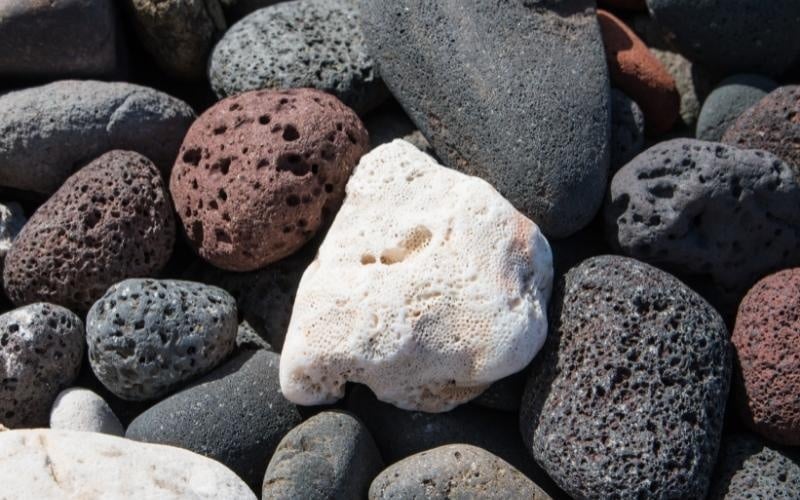
Image credit: supitchamcsdam via Canva Pro
You may be tempted to take a unique souvenir from Hawaii, like a lava rock you could freely collect from the ground. Hold back, friend, because taking these rocks is illegal.
Apart from that, tourists would usually mail these rocks back to Haleakalā National Park after learning of a superstition relating to Pele, the volcano goddess of Hawaii. Apparently, the volcano goddess doesn’t like rocks being taken away from the archipelago and casts a curse on offenders. The same goes for different coloured sand found throughout the beaches of Hawaii. So if you don’t want Pele’s attention, best remember your Hawaii etiquette and leave these geological beauties where they lay.
2. Don’t forget the importance of the shaka sign
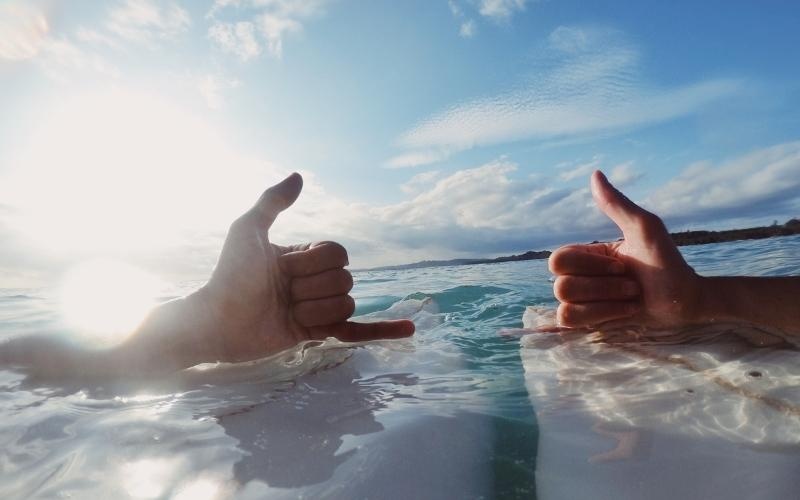
Image credit: Taja Planinc via Canva Pro
If you aren’t familiar with the shaka hand gesture, you can learn it easily. Just make a fist and stick out your thumb and pinky finger, then lightly shake your wrist.
The shaka sign is mostly used as a greeting and a sign of gratitude and respect. It is a world-famous hand sign, especially among surfer communities, but in Hawaiian culture, it is a simple sign of solidarity and respect. It’s a pretty laid-back and fun custom to practise when learning about Hawaiian etiquette.
3. Don’t stand near blowholes
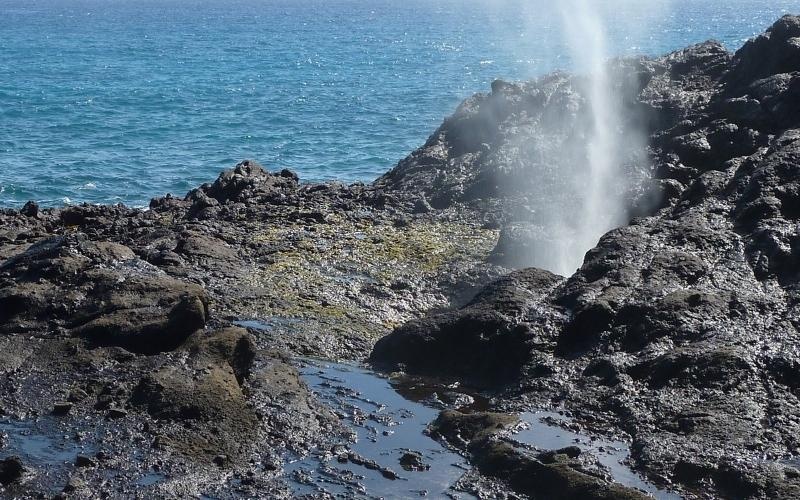
Image credit: AdrianJon via Canva Pro
Water shooting out from a rock formation is fun to look at, but we assure you, it is unpleasant up close. There is a ridiculous amount of power behind that torrent of water, which can easily knock you out — and that’s probably the least stressful thing that could happen. Because for worst-case scenarios, the water might take you to the sea, or will drag you down to a cave. It has happened before, so don’t let it happen again!
4. Don’t miss out on local restaurants
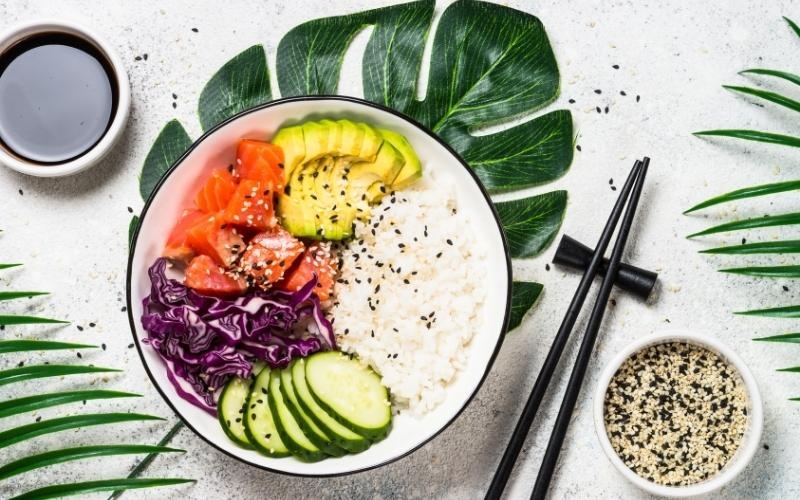
Image credit: nadian via Canva Pro
When you’re in Hawaii, for your sake, try to avoid eating in fast food restaurants unless you have no choice. Hawaiian culture has a rich palate, being a mix of influences from the Pacific Islands, Asia, Portugal, and America. With these many options, you’re bound to find a favourite dish among local restaurants. Try out their seafood for a scrumptious meal, and look out for juicy fruits for desserts! Don’t let the prejudice of Hawaiian pineapple over pizza ruin your experience when it comes to enjoying the food of Hawaii. Hawaiian cuisine goes beyond fruits on a pizza!
5. Don’t ignore warning signs around the islands
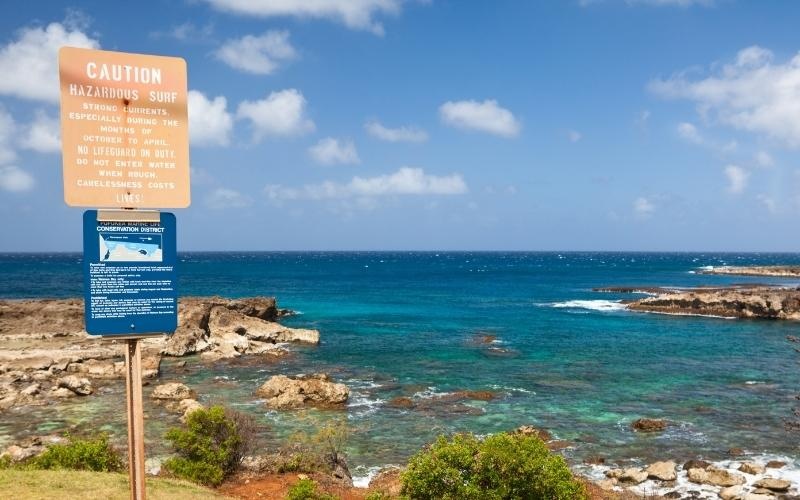
Image credit: Kubrak78 via Canva Pro
Learning about dos and don’ts in Hawaii involves a lot of looking out for bodies of water. On that note, make sure to heed every warning sign you encounter in the area, because they aren’t just for show. These places may serve as great backdrops for your social media posts, but wouldn’t signs like “X amount of people have died here” ward you off? Alternatively, inform your Instagram followers of the dangers by posting a photo of the sign instead!
6. Don’t touch the wildlife
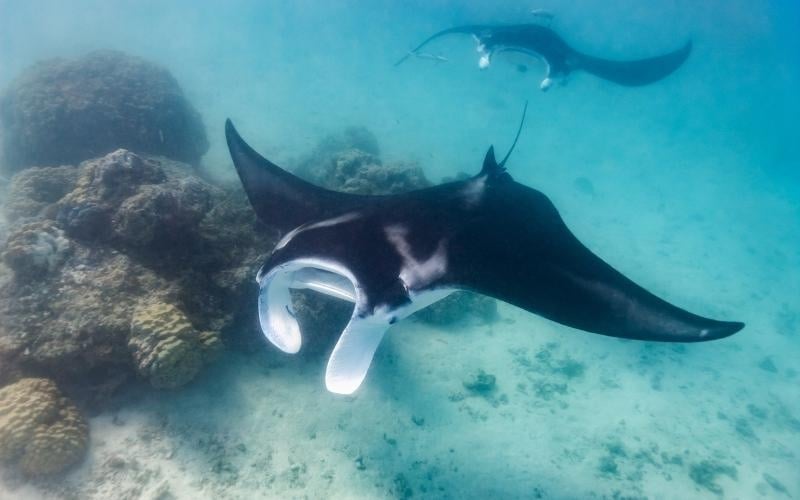
Image credit: blueorangestudio via Canva Pro
When observing wildlife in the islands of Hawaii, take note of aumakua. It is one of the most sacred Hawaiian traditions among locals. The aumakua are clan-specific manifestations of deceased ancestors, usually taking the form of animals found throughout the islands. Touching them is considered disrespectful among clans.
Apart from that, these animals can carry deadly diseases that can spread quickly among visitors and locals alike. They may also see us as a threat to their habitat. Our presence alone can harm them as much as they can harm us. They may be pretty to look at as they frolic freely in the seas and jungles, it’d be wise to observe them from a distance.
7. Don’t turn your back on the ocean
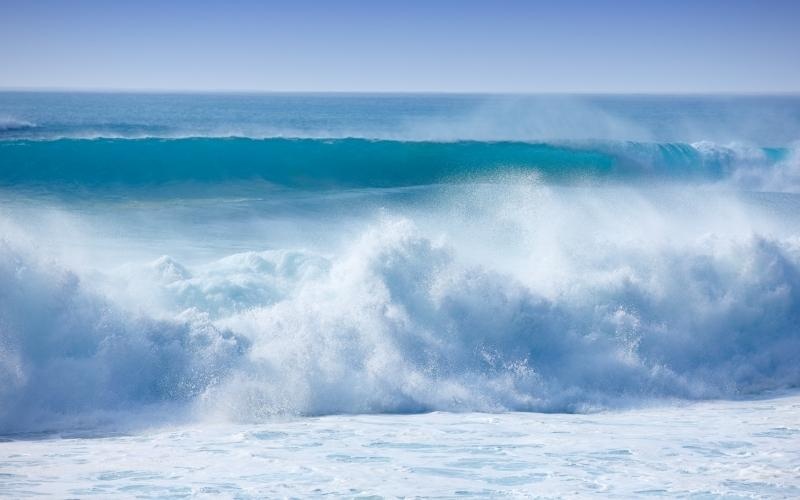
Image credit: Dhoxax via Canva Pro
The ocean may be pretty as a background for your photos, but it is also an unpredictable body of water. It holds a lot of power, and waves in Hawaii are never to be underestimated. With that said, it is best to always face the ocean, especially when you’re close to it. It can pull you from the shore should a wild wave catch you off guard even while from the safety of the shore. Besides, you can always take a photo from higher ground.
8. Don’t swim in murky or brown water
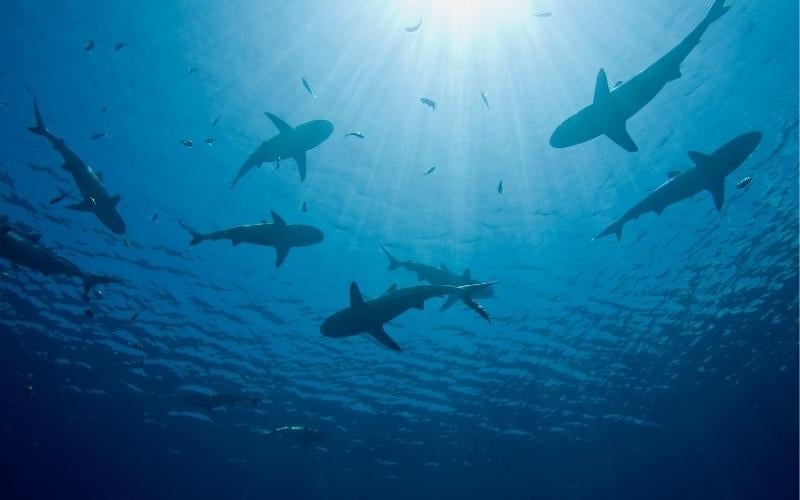
Image credit: cbpix via Canva Pro
Brown or murky water in Hawaii usually comes from heavy rains, flash floods, or nearby river mouths. Aside from being full of bacteria, it is a popular feeding site for sharks because of dead animals being swept away from the mountains. Avoid these waters when taking a swim if you still want to enjoy Hawaii!
9. Don’t rent vehicles without a roof
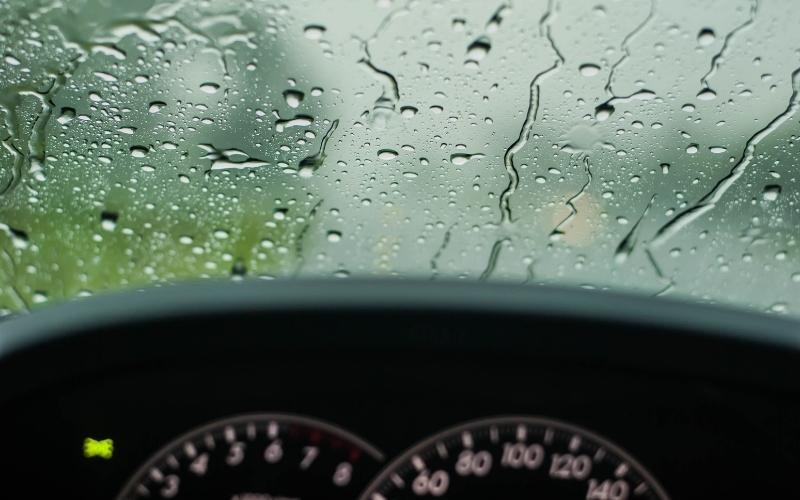
Image credit: neenawat via Canva Pro
Hawaii is known for random rain clouds on any given day at any location on the island. So when picking out what vehicle to rent, make sure that it has a roof over your head. It isn’t uncommon to see people stop in their tracks as the rains impede their transit. Most victims of these are convertibles and having a wet convertible is a grand inconvenience. We’re not saying that they’re not decent vehicles. In fact, on a pleasant day in Hawaii, convertibles are a great option. It’s just that bad weather can really ruin the experience for you when you’re caught with your top down.
10. Don’t miss out on learning about Hawaiian history and culture
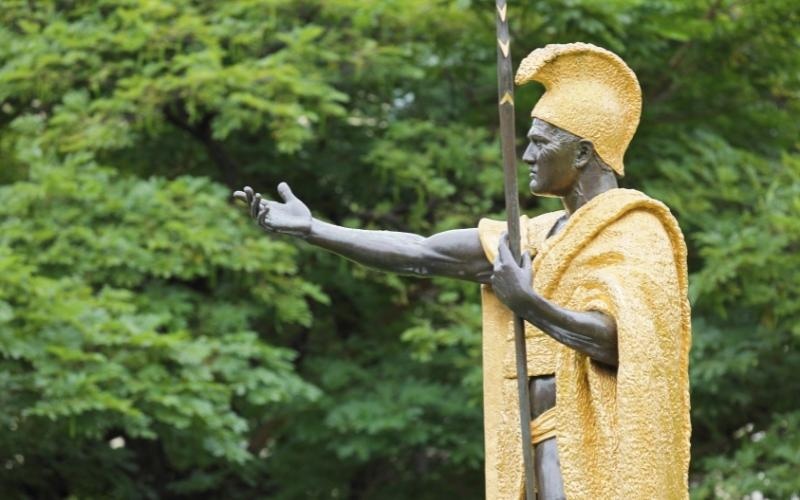
Image credit: S. Greg Panosian via Canva Pro
Hawaiian culture is more than grass skirts, tiki drinks, and fire dancing. Go in a bit deeper, and you’ll discover more. That thing Moana does where she hovers her hand over the stars to navigate the seas? You can learn how to do it in Hawaii. Pretty cool right? That is a method that ancient Polynesians used to cross the ocean safely. If you take the time, natives can teach it to you.
Hawaii also has an interesting history as a US state despite it being miles and miles away from North America. Learning its story can only enrich your visit to Hawaii. Eventually, you’ll probably discover the island’s identity. It is more than a popular place for vacations. It is more than a pineapple plantation.
Also read: Top 17 Stunning Airbnbs & Vacation Rentals for the Best Experience in Hawaii
Hawaiian culture is multifaceted. It’s simple to learn but it will take you far, not just in Hawaii, but throughout the world. These traditions are meant to keep you safe as you enjoy the wonders of the islands. Look out for Hawaii, and Hawaii will look out for you. Remember to keep the spirit of aloha close to you!
Featured image credit: werbeagentur-commotion via Canva Pro




